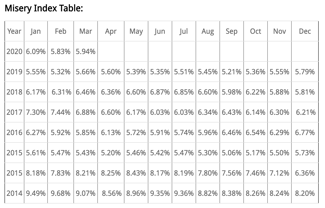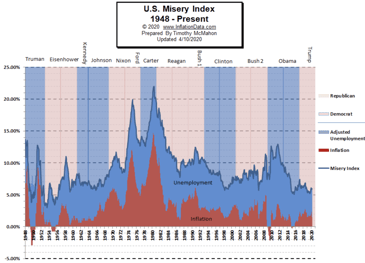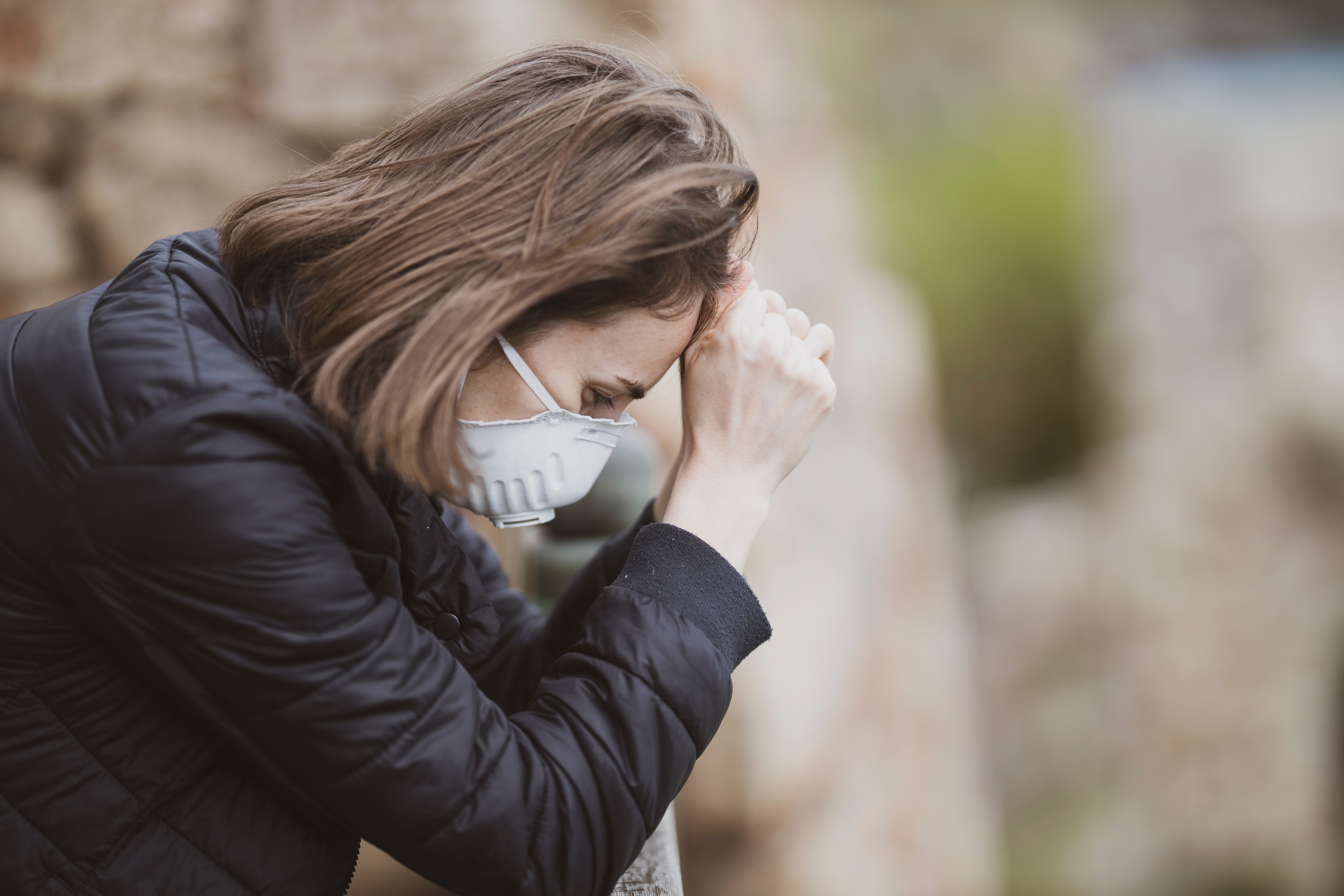April is Stress Awareness Month, a time when healthcare professionals and health advocates come together to raise awareness about the causes and cures for our modern stress epidemic. Stress Awareness Month has been held every April since 1992, and although we’ve learned a lot about stress since then, new information is regularly becoming available that could help millions of Americans eliminate their suffering.
Springtime Stress and Depression
When we think of the most stressful time of the year, many would be surprised to learn that it’s the month of April. Some would conclude that the holidays are the most stressful due to Seasonal Affective Disorder (SAD), a focus on food and alcohol, and emotionally charged family visits. Others suspect it’s the month of January, assuming that dreary weather, post-holiday debt, and low levels of motivation make it the gloomiest month on the calendar. But according to Google search trends dubbed “The Google Misery Index,” searches for “depression,” “anxiety,” and “stress” begin to spike in March and peak in April. The spring season is also proven to be the time of year with the highest number of suicides.

Other Misery Index representations further corroborate spring being a generally hard time for many Americans. Taking into account the high cost of living, the increase in unemployment due to COVID-19, and the upcoming presidential election, we’re looking at a very stressful year.


Good Stress vs. Bad Stress
How stressed we feel is a convergence of how much stress we have or allow into our lives and the strength of the coping skills we have to deal with it. Everyone experiences stress, but there is a difference between good and bad stress.
- “Good stress” or eustress, as psychologists refer to it, keeps us feeling alive and excited. Experiencing this kind of stress is vital for a healthy life. We feel it as the quickening of our pulse or the surge of our hormones when no threat or fear is present. Examples include riding a roller coaster or going on a first date.
- Acute stress is known as a form of “bad stress.” This type of stress is normal, and in some cases essential for survival. Acute stress comes from quick surprises that need a response – such as fight or flight. We experience the same pulse quickening and hormone surges as good stress, but in the presence of a valid threat or fear. Once the stressor has been dealt with, the body needs to return to its pre-stress state in order for us to feel healthy and happy.
- Chronic stress is another form of “bad stress.” It occurs when we repeatedly face stressors, such as a demanding job or an unhappy home life. This is the most serious form of stress because our bodies aren’t designed to withstand chronic stress. The longer we endure chronic stress, the more negative health effects (both physical and emotional) we experience.
Live a Stress-Free Life
Keeping stress at a manageable level is important. Google “Stress Awareness Month” and you’ll find a million ways to reduce your stress. But if you find yourself having trouble enjoying life, stress-relief methods like meditating or exercising may not be enough. Simplify your path to a stress-free life in three steps:
- Identify your triggers: What stresses you out? Identify whether you are experiencing acute stress or chronic stress. Acute stress – such as self-quarantining and self-isolating through the COVID-19 pandemic – is temporary. Remember that there is a light at the end of the tunnel. There are ways to manage your coronavirus anxiety to get yourself through these hard times and back on track when life starts becoming normal again. If you’re unsure of what your triggers are, try listening to your body. Use a bullet journal to take note of instances when you find your pulse quickening or your mood shifting.
- Reduce the negative: We can’t always eliminate the negative stressors in our lives, but we can often try to reduce them. Creating a plan of action, or reevaluating your treatment options, can eliminate negative stressors and help empower you to take control of what happens in your life.
- Increase the positive: Practice, improve, and add to your repertoire of coping skills. How you deal with stress will be unique to you. Some people cope with stress by cleaning, while others cope with stress by practicing yoga, meditation, and other breathing techniques. Talk to a friend or take up a new hobby. Find what makes you happy and do more of it. When these healthy lifestyle choices aren't enough on their own, sometimes seeking help from a professional is the next best step.
Ketamine for Acute and Chronic Stress
For people who struggle with acute and chronic stress, part of the healing process is knowing when to seek help. Sometimes, the tunnel is too long or too dark and you can’t find your way out by yourself. When you’re unable to recover from stress, you are more susceptible to developing major depression or an anxiety disorder.
If you have persistent anxiety or depression symptoms as a result of acute or chronic stress, you may be a candidate for Ketamine Infusion Therapy. Growing evidence of Ketamine Infusion Therapy suggests that ketamine rebalances the chemicals of the brain thought to affect depression and mood disorders. With no known long-term side effects, this treatment tends to provide rapid relief from symptoms, and many people appreciate that the experience itself is often calming and peaceful.
If you or a loved one is suffering from anxiety or another mood disorder, consider the benefits of Ketamine Infusion Therapy. Get on the road to relief by scheduling a free phone consult today.


